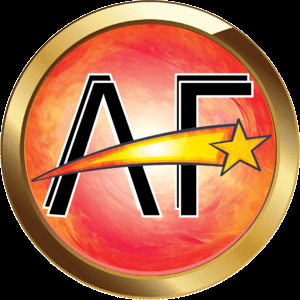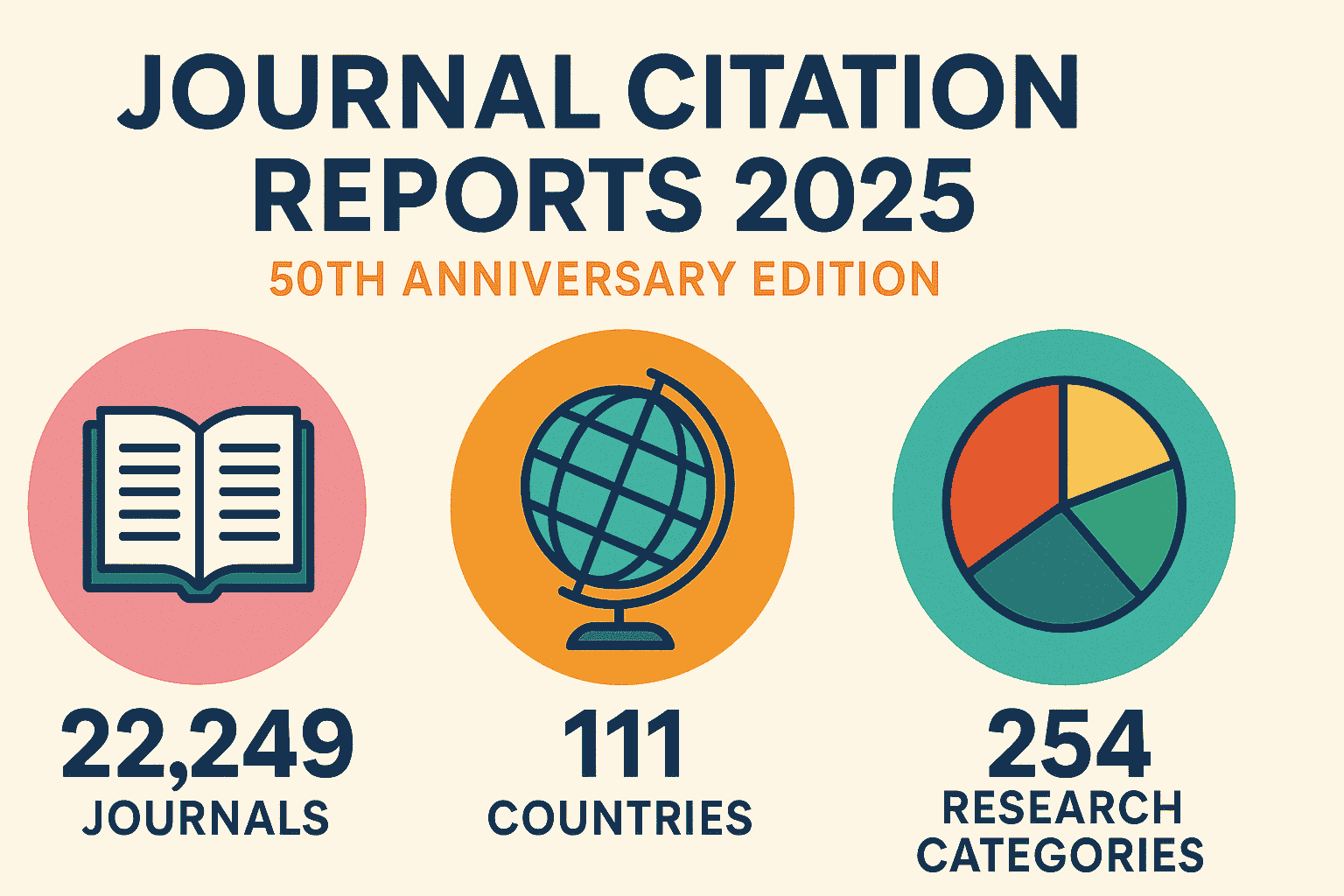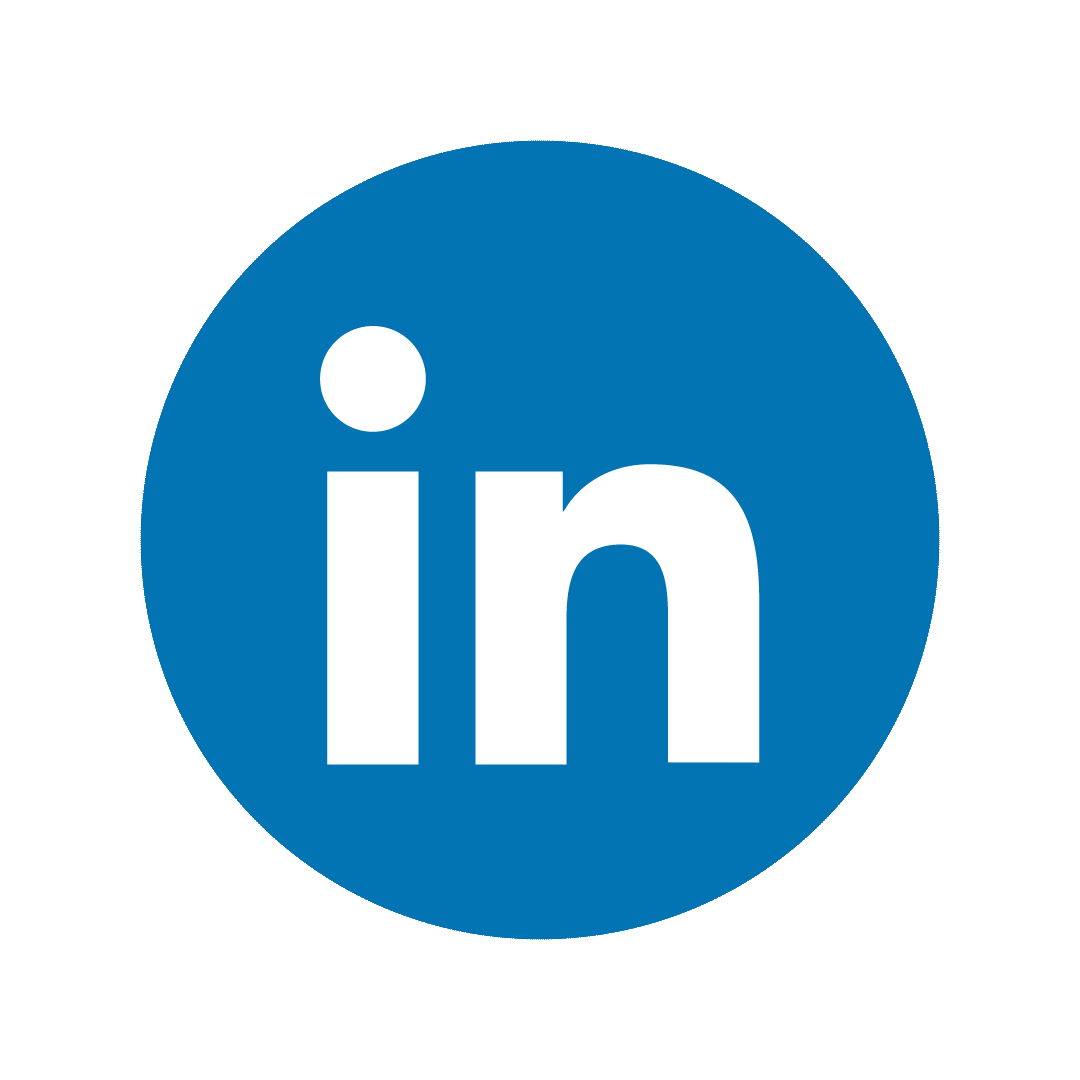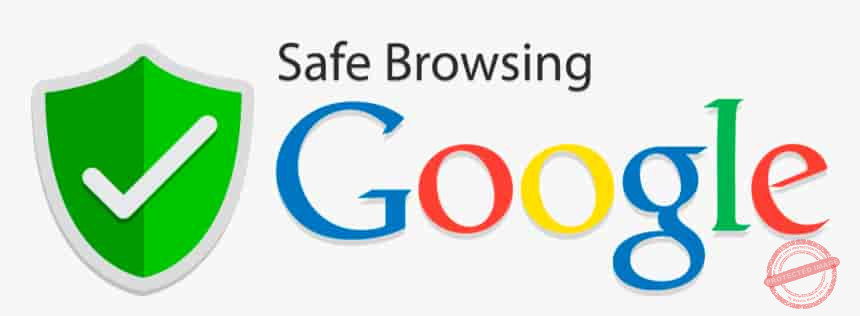Choose Where to Publish Your Article as Paid or Free
- Science
- Dr AF Saeed
- 24th March 2023
- 0
- 12 minutes read
CHOOSING WHERE TO SUBMIT YOUR PAPER
It can be tempting to begin writing a paper before giving much thought to where it might be published. However, choosing a journal to target before you begin to prepare your paper will enable you to tailor your writing to the journal’s audience and format your paper according to its specific guidelines, which you may find on the journal’s website.
Here are the top ten things to consider when choosing where to submit your paper. | |
1 Peer review | Does the journal provide a peer review service? Peer review is considered a stamp of quality from the research community. |
2 Relevance | Does the journal publish other papers similar to the one you are preparing? Does it publish theoretical, experimental or applied research? |
3 Reputation | Does the journal have a strong reputation in your field? Where do your peers publish? |
4 Scope | Is the journal broad in its scope or is it a specialist journal read mainly by a particular community? |
5 Timeliness | Is fast publication important to you? Have you checked the publication times for the journal? |
6 Cost | Will the journal charge you for publishing your paper? Will your institution cover the publication charge if there is one? Will you be charged for extra pages/colour figures/supplementary data? |
7 Language | Most international journals publish papers written in English. Will you need to have your paper checked by a native English speaker? |
8 Citation | Is the journal likely to be cited by other researchers working in your field? |
9 Indexing | Is the journal indexed in the major online databases such as ISI Web of Science? |
10 Appearance | Does the journal publish papers in a format that is suitable for your work? |
- Open access or subscription journals?
The cost of publishing academic papers can be paid for in a number of ways. Traditionally, libraries and other institutions pay a subscription fee to receive individual journals or collections of titles for their researchers. This is known as the subscription model and, as an author, authors usually do not have to pay a fee to publish a paper in a subscription journal, although you may incur a page charge or be charged for color figures.
The open access publishing model allows published papers to be freely available for anyone to read. This means that authors, research institutions or funding organizations may fund the costs of publishing. In return, authors can ensure that everyone is able to access their work. If you wish to submit to a journal that charges for publication, always check with your institution to ensure that there are funds available to cover these charges. Some open access journals offer discounts, so check to see whether these apply to you.
- Choose where to publish
Factors to consider when choosing where to publish your research
2.1 Choose where to publish
With more than 25,000 peer reviewed journals to choose from, it can be a daunting task to identify a suitable outlet for your next paper.
As a first step, it is a good idea to publish in a journal that is indexed by Scopus or Web of Science. This can help to maximise your citation impact. To find out if a journal is indexed by Scopus check the Scopus title list. You can also search in the ‘Browse Sources’ feature of Scopus. To find out if a journal is indexed by Web of Science search the master list. You need to change the box next to Search Type to ‘Full Journal Title’ before searching.
You also need to consider the specific scope of a journal, its reputation, your chances of being accepted, how long it will take to get published, and whether it offers an open access option that is acceptable to your funder.
Below are some information sources and tools to make things a little easier.
2.2 Impact factors and reputation
Impact factors measure how often on average articles in a particular title are cited. This is a useful proxy for a journal’s standing and reputation and can be helpful when deciding from your shortlist.
The authoritative source for current impact factors in the sciences and social sciences is Thomson Reuter’s (Clarivate Analytics) Journal Citation Reports (JCR).
JCR is very selective and only reports impact factors for about 40% of journals. A much more comprehensive source based on new metrics can be found at the JournalMetrics web site.
2.3 Elsevier’s Journal Finder
Elsevier (the publisher) has developed an online tool to help you identify potential journals to submit to.
Copy your title and abstract into Journal Finder (beta) and you will see a list of (Elsevier!) candidate titles. Even if you know the field well, this is still a useful service because it gives comprehensive information about acceptance rates and time to publication. For other journals you will have to check out their web site to see if they give similar information.
2.4 Frontiers
https://www.frontiersin.org/about/journals-a-z
2.5 Springer
Find the right journal for your manuscript
http://www.springer.com/us/authors-editors/journal-author/journal-author-helpdesk/preparation/1276
2.6 MDPI – Publisher of Open Access Journals
Choosing a journal
2.7 Hindawi Publishers
Choosing a journal
https://www.hindawi.com/journals/
2.8 Wiley Publishers
Choosing a journal
https://authorservices.wiley.com/author-resources/Journal-Authors/find-a-journal/index.html
2.9 Taylor & Francis
Choosing a journal
https://authorservices.taylorandfrancis.com/category/choosing-a-journal/
2.10 Open access options
Many funders require you to make your article available to all on an ‘open access’ basis – although it does not necessarily need to be available to all immediately on publication. You can check SHERPA/FACT to find out what your open access options are for your journal.
2.11 Directory of Open Access Journals
The Directory of Open Access Journals is a vital information source to help you find a suitable open access journal for your work.
2.12 Predatory open access publishers
There are unfortunately some rogue open access publishers out there with very low standards. They are listed in Biall’s List which is worth checking out if you have any doubts about a publisher’s credentials.
Share this:
- Click to share on X (Opens in new window) X
- Click to share on Facebook (Opens in new window) Facebook
- Click to share on LinkedIn (Opens in new window) LinkedIn
- Click to share on WhatsApp (Opens in new window) WhatsApp
- Click to email a link to a friend (Opens in new window) Email
- Click to print (Opens in new window) Print
- Click to share on Tumblr (Opens in new window) Tumblr
- Click to share on Reddit (Opens in new window) Reddit
- Click to share on Pinterest (Opens in new window) Pinterest
- Click to share on Telegram (Opens in new window) Telegram
- Click to share on Threads (Opens in new window) Threads







